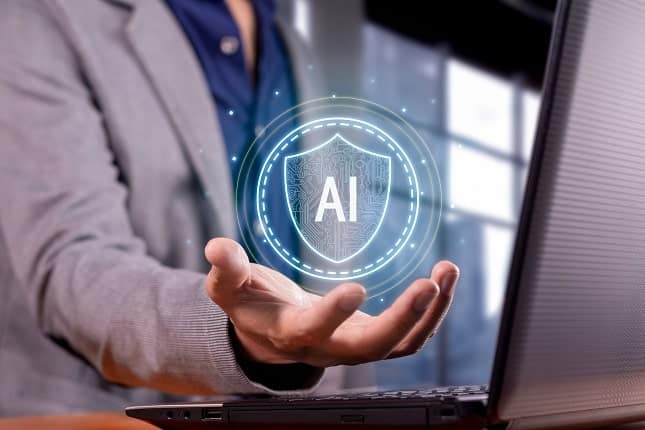Cyber threats aren’t slowing down — they’re evolving faster than ever. As attackers get more creative, businesses need to stay one step ahead. That’s why artificial intelligence (AI) is no longer just a buzzword in cybersecurity — it’s becoming a practical tool that helps security teams detect what traditional methods often miss.
At INSIA, we help companies make the most of AI for intrusion detection. Here’s how we see it: a powerful tool that works best when combined with the right people, the right processes, and the right data.
The Challenge: Smarter Attacks, More Data, Stretched Teams
Cyberattacks today are more professional and more targeted than ever. Think ransomware aimed at critical systems, fileless attacks that leave few traces, advanced persistent threats (APTs) that lurk for months, or deepfakes used to trick employees.
The impact?
- Attacks are stealthier and slip through signature-based tools.
- Security teams drown in endless logs, alerts, and incident data.
- SOC analysts have to separate real threats from noise — often under heavy pressure.
This is where AI and machine learning come in. They can help filter the noise, spot suspicious behavior, and make security operations faster and smarter.
Where AI Really Makes a Difference
So, what does AI actually do in intrusion detection? Here are four practical areas where we see real impact for our clients:
1. Spotting Anomalies:
AI can learn what normal user or machine behavior looks like — and flag anything that doesn’t fit the pattern. For example, an employee accessing sensitive files they’ve never touched before or unusual data transfers.
2. Classifying Events:
Machine learning models help distinguish harmless activities from real threats. This means fewer false positives clogging up your SIEM or EDR alerts.
3. Correlating Alerts Smartly:
AI can group related alerts and highlight what really needs your attention. Analysts spend less time sifting through duplicates and more time acting on what matters.
4. Working in Modern Environments:
Zero-trust and cloud-first architectures break traditional security perimeters. AI helps adapt detection to these more complex, distributed setups.
What’s Available Right Now?
AI for intrusion detection isn’t science fiction. Plenty of proven tools already use it under the hood. At INSIA, we deploy trusted solutions that fit seamlessly into existing security stacks, like:
- EDR/XDR platforms with embedded AI (SentinelOne, CrowdStrike, Microsoft Defender)
- SIEMs boosted by machine learning (Splunk, LogRhythm, Microsoft Sentinel)
- NDR tools for deep network monitoring
- SOAR platforms with dynamic playbooks that get smarter over time
When needed, we also develop custom AI modules for unique use cases.
Real Results, Real Numbers
When done right, AI doesn’t just add another dashboard — it delivers measurable value. For example, our clients typically see:
- 30% to 70% fewer false positives on EDR/SIEM alerts
- Up to 40% faster incident triage and investigation
- Improved detection of advanced attacks that slip past traditional defenses
Of course, none of this happens without quality data, good governance, and teams that know how to get the best out of AI-powered tools.
The Flip Side: Limits You Need to Know
AI isn’t magic. It comes with real-world limits that every security team should plan for:
- Garbage In, Garbage Out: If your data is poor, biased, or incomplete, AI won’t save you. Data governance is key.
- Black Box Effect: Deep learning models can be opaque. In regulated industries, explainability is crucial for compliance.
- Maintenance Matters: AI models need regular tuning to stay relevant as threats evolve.
- Adversarial Attacks: Yes, attackers can try to trick AI too — for example by feeding it misleading data to hide malicious activity.
Our Take: Keep AI Human
At INSIA, we believe AI should strengthen your teams — not replace them. Our approach is simple:
✔️ Deploy AI Where It Makes Sense: No shiny objects. We identify where AI brings real, measurable value, then integrate it with what you already use.
✔️ Empower People: We train your SOC, IT, and security teams to trust, tune, and adapt AI tools to your environment.
✔️ Continuous Improvement: Threats evolve, and so should your models. We help keep your AI up to date and aligned with your broader security strategy.
Final Thoughts
AI is transforming intrusion detection — but it’s not a silver bullet. The best results come when AI, people, and processes work together. If you’re ready to get more out of AI, cut through the noise, and strengthen your defenses, INSIA is here to help you do it right.
Curious to see what this could look like for your organization? Let’s talk.

